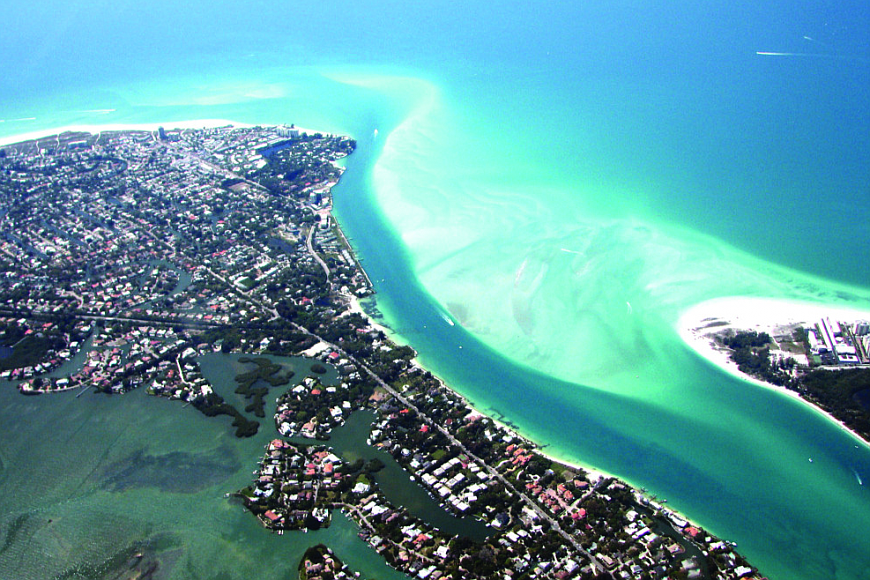- November 24, 2024
-
-
Loading

Loading

Opponents of plans to dredge Big Pass for the first time may have reason to celebrate this afternoon.
Sarasota County has received the draft of a third-party review it commissioned on the U.S. Army Corps of Engineers' proposed Lido Key Federal Shore Protection Project. That proposed project would dredge sand from areas near or in Big Pass and renourish Lido, and put groins on the shoreline near the south end of the Key.
The draft suggested the project as it stands, particularly with dredging sources in Big Pass, may contribute to erosion near Ted Sperling park and calls for more conclusive information about the use of groins on Lido Key. It also condemns as incomplete the effects of the project on downdrift shorelines because of missing documentation and an ineffective model.
The county commissioned the review from Atkins to analyze elements of the Corps plan’s effect on Ted Sperling Park’s and North Siesta’s shorelines, and navigation in Big Sarasota Pass.
“There appears to be conflicting information about proposed project elements (i.e. number, location and geometry of groins; dredge volumes, boundaries, depths and frequency, etc.) between the supplied reports, information provided in public meetings and that contained in the Joint Coastal Permit (JCP) application to the Florida Department of Environmental Protection (FDEP),” the draft report stated.
Atkins said in its report that they requested additional information from the Corps, but had not received it as of publishing their draft.
Regarding the use of the ebb shoal near big pass as a source of fill sand, the draft indicated that the Corps is moving in the wrong direction, literally. The natural movement of sand, according to the draft, is southward, across big pass and onto Siesta Key, maintaining stable beach conditions there. “Back-passing” sand by dredging the shoal may have adverse consequences on Siesta, according to the report, especially in light of the amount that would be dredged relative to the estimated annual natural movement of sand.
Most inlet ebb-shoal mining projects, Atkins said, move sand in the opposite direction, placing fill on downdrift beaches, “maintaining and augmenting the natural flow of sand.”
Among the issues noted in the draft is a lack of studies analyzing long-term effects of the proposed activities, including an initial ebb shoal dredging event with groin construction and beach renourishment. Other missing or incomplete elements include, according to the draft, a discussion of sediment budget, which did not include valid documentation and did not account for certain types of erosion.
Atkins also questioned the shoreline-change model used to determine the effects of placing groins on the shoreline, claiming it does not adequately predict the effects of nearshore currents and resulting sand movement. They also found the Corps’ model-use wanting explanations of certain parameters set, as well as problematic calibration and verification.
Atkins recommended an alternate model.
If after studying alternatives to protecting property (such as sand dunes or emergency revetment) and after modeling is accomplished, the study shows no undesirable diversion or delay of sand to other parts of the coastal system by groins, according to the report, “the sponsor should consider building the groins and using an offshore sand source or a smaller amount of sand from Big Sarasota Pass ebb shoal complex for nourishment.”
The county has, according to spokesman Jason Bartolone, 10 days to review the draft report and submit comments or questions to Atkins, who then has seven days to revise and finalize the report.
The purpose of the third-party peer review, said Bartolone, is to help provide a better understanding of the project, given the concerns of the community.
The Corps had submitted its response to the Florida Department of Environmental Protection’s request for additional information last month, predicting no adverse effects to the coastal system if it were to leave elements of its plan in place.